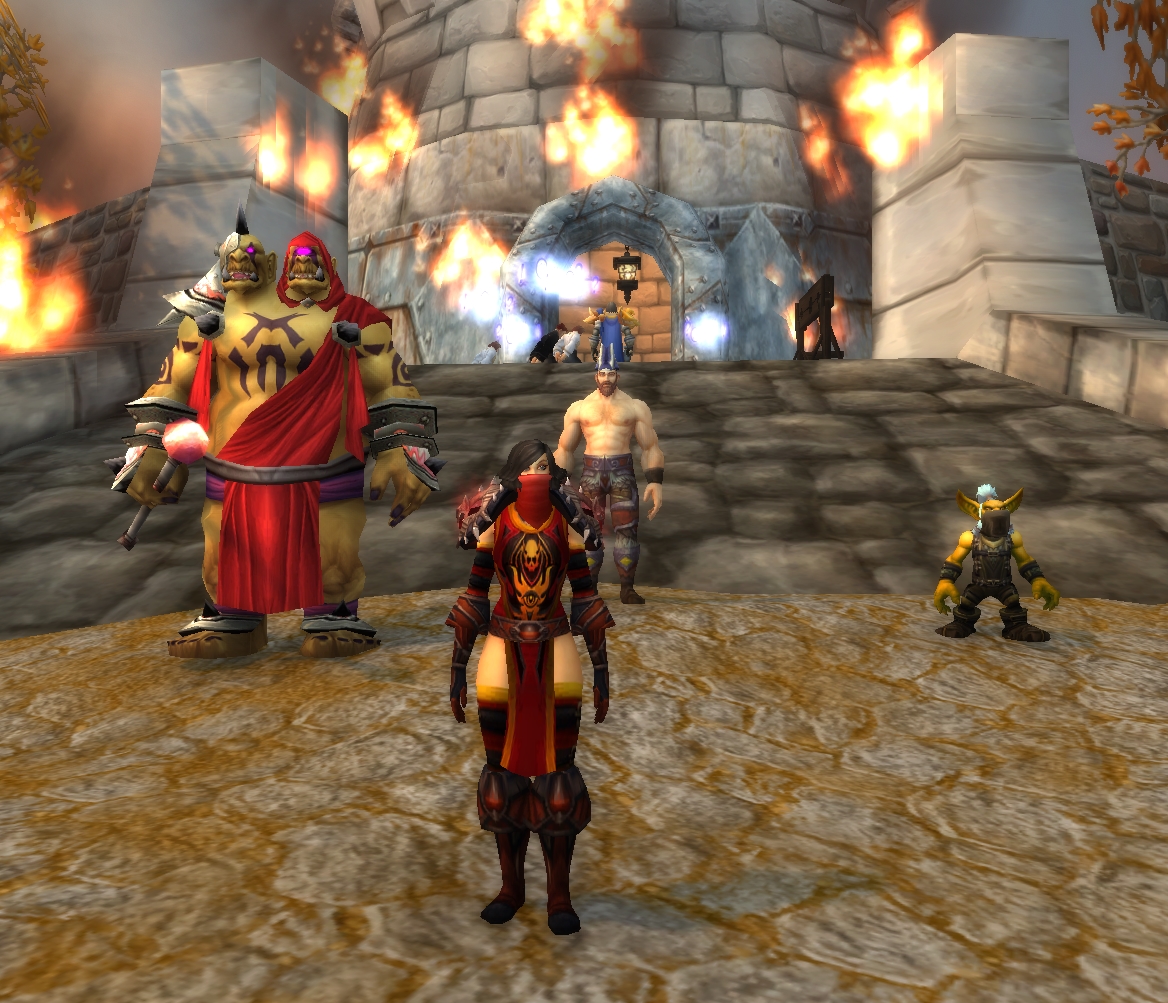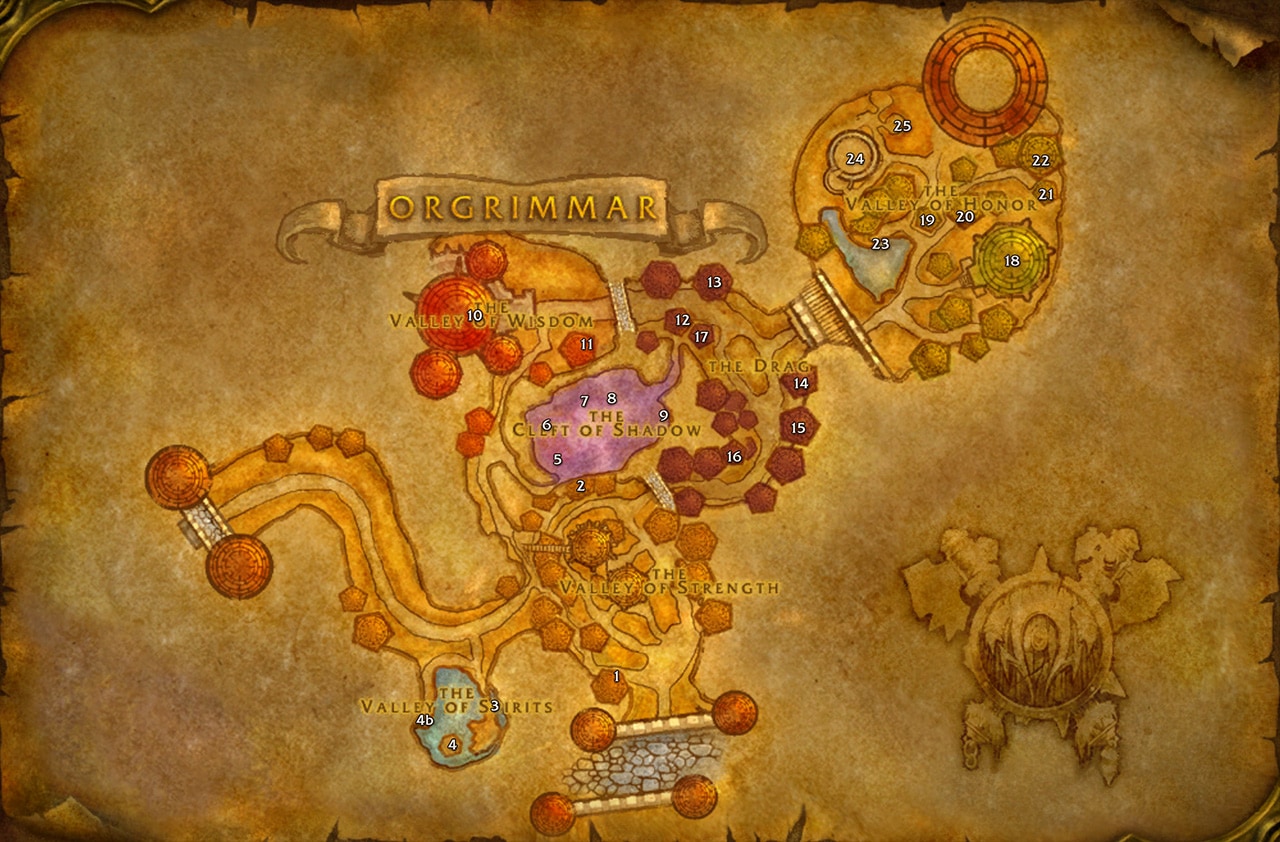
It would be one of those teachable moments that led to provocative conversations which continued even after our time in the classroom was over.īut my students weren’t the only ones who learned something during our classroom encounter. The changes that came from being a young, unwed mother were far too great.īut as Tupac later illustrated, those “ costs” had become even greater – even life-threatening – just a few decades later. In “ Love Child,” the prevailing attitude was clear: sexual intercourse before marriage, and the possibility of pregnancy, should be avoided at all costs. While I didn’t want to try to convince my students that one perspective was more appropriate than the other, I did want them to be able to analyze and share their views on the differences that had ensued over the years. But it was clear that how society viewed this challenge for young girls, especially Black girls, had undergone significant changes. 1 single released by Diana Ross and her girls in 1968.īoth songs addressed the issue of teen pregnancy. I would use the lyrics from his mind-blowing 1991 release, “ Brenda’s Got a Baby” and compare them to the words from one of my favorite Supremes songs, “ Love Child,” a No. His prowess as a lyricist made him a force to be reckoned with – then and now, 25 years after his tragic death.

What made me a fan and follower of Tupac Shakur was his uncanny ability to dissect the changes occurring in society and provide his critique. But what garnered my attention and caused me to begin focusing on his music was not his bravado, his youthful swag or his thug-like persona which I later learned was more by design than actual experience. Hip-hop didn’t really appeal to me given my penchant for the kinds of music that I had grown up hearing, learning and loving out of Motown.īut there was one rising star in the hip-hop world who truly fascinated me. One evening, while listening to the radio, I heard a young rapper rattle off the lyrics to a song that made me stop in my tracks. I knew the power that one wields when they have full command of the English language and wanted my students to understand that the most effective way to secure change remained not with the sword but with the pen.



Later, I would become an adjunct professor at several colleges in Chicago and then in Atlanta.īecause the world was changing so rapidly in the 90s and the early 2000s, particularly due to a surge in technological advancements and with the rise in the popularity of rap and hip-hop, I often struggled to find more creative ways to maintain my students’ interests and ensure their participation. ( ) Before I decided to commit myself to a career as a journalist, I worked in the trenches as a high school teacher in two departments: English and Religion.


 0 kommentar(er)
0 kommentar(er)
